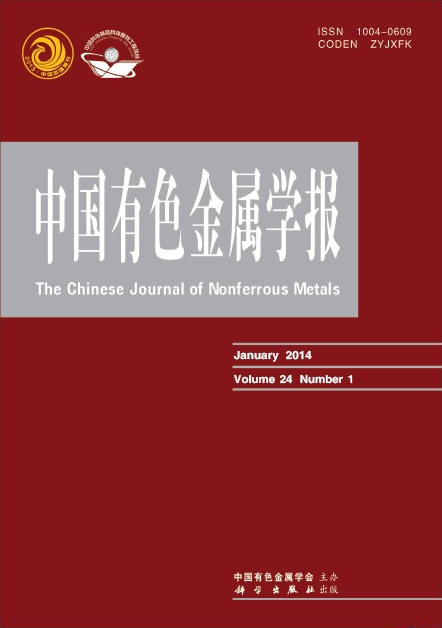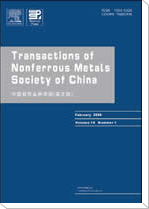(中南大学 材料科学与工程学院, 长沙 410083)
摘 要: 由纯金属单原子理论(OA)确定了面心立方结构(FCC)贵金属Cu、Ag、Au的电子结构依次为[Ar](3dn)5.58(3dc)4.21(4sc)0.23(4sf)0.98、 Kr](4dn)4.87(4dc)4.56(5sc)0.66(5sf)0.91、Xe](5dn)4.20(5dc)4.90(6sc)1.57(6sf)0.33, 并确定了Cu、Ag、Au的密排六方结构(HCP)和体心立方结构(BCC)两种初态特征晶体和初态液体的电子结构。 根据自然态的电子结构定性解释了熔点、 拉伸强度、 维氏硬度、 体弹性模量、电导和热导率物理性质差异与电子结构的关系, 定量计算了晶格常数、 结合能、 势能曲线及线热膨胀系数随温度的变化。根据非自然态的电子结构, 定性解释了晶体结构BCC和HCP的关系。
关键字: Cu, Ag, Au; 电子结构; 晶体结构; 晶格常数; 结合能; 物理性质
of Cu, Ag and Au
(School of Materials Science and Engineering,
Central South University, Changsha 410083, China)
Abstract: With the application of the One-Atom (OA) theory, the electronic structures of pure Cu, Ag and Au with FCC structure were determined, respectively. The electronic structures of these metals with HCP and BCC structure and LIQUID state were also determined. According to the electronic structure in natural state, the relationships between the differences of physical properties of Cu, Ag and Au and their electronic structures were explained qualitatively, and the lattice constants, cohesive energies, potential curves and the temperature dependence of linear thermal expansion coefficient of FCC-Cu, Ag and Au were calculated quantitatively as well. According to the electronic structure in unnatural state of HCP and BCC phases, the relationship between the electronic structure and crystalline structure was explained qualitatively.
Key words: Cu, Ag, Au; electronic structure; crystalline structure; lattice constant; cohesive energy; physical properties


